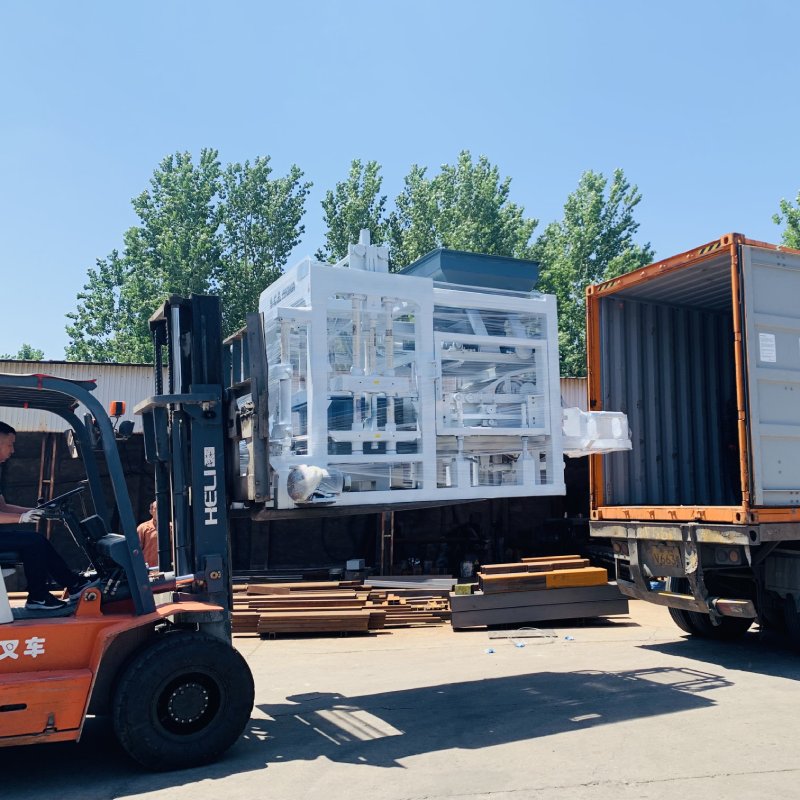
Image source Aiwei Block Machine
Sustainable Practices Shaping the Future of Brick and Block Production
Introduction
The construction industry has long been associated with resource-intensive practices that have adverse environmental impacts. However, the growing awareness of climate change and environmental concerns has driven a paradigm shift towards sustainable practices across various sectors, including construction. In this article, we explore how sustainable practices are shaping the future of brick and block production, highlighting innovative approaches, benefits, challenges, and the potential for a greener construction industry.
The Environmental Impact of Traditional Brick and Block Production
Traditional brick and block manufacturing processes have historically relied on clay extraction, energy-intensive firing techniques, and substantial water usage. These practices contribute to deforestation, soil degradation, carbon emissions, and depletion of natural resources. As the demand for construction materials increases, finding sustainable alternatives becomes paramount.
Adopting Sustainable Materials
- Fly Ash Bricks: Fly ash, a byproduct of coal combustion, can replace a portion of cement in bricks and blocks, reducing cement consumption and carbon emissions.
- Recycled Aggregates: Using recycled materials like crushed concrete and demolition waste as aggregates in brick and block production reduces landfill waste and conserves natural resources.
- Hempcrete Blocks: Hempcrete, a bio-based material, offers a sustainable alternative by combining hemp fibers with lime and water, resulting in lightweight and energy-efficient blocks.
Energy Efficiency in Manufacturing
- Low-Energy Firing Techniques: Innovations in firing techniques, such as tunnel kilns and energy-efficient kiln designs, reduce energy consumption during the firing process.
- Solar-Powered Kilns: Integrating solar energy into kiln operations can significantly reduce the carbon footprint of brick and block production.
Water Conservation
- Recycled Water Usage: Implementing water recycling systems reduces water consumption and minimizes the environmental impact of brick and block production.
- Dry Pressing Technology: Dry pressing technology eliminates the need for water during forming, contributing to water conservation efforts.
Innovative Techniques for Sustainable Blocks
- Aerated Autoclaved Concrete (AAC) Blocks: AAC blocks are lightweight, durable, and energy-efficient, made from a mixture of cement, lime, fly ash, and aluminum powder.
- Compressed Stabilized Earth Blocks (CSEBs): CSEBs use locally sourced soil mixed with a small amount of cement, reducing energy-intensive firing while promoting local sustainability.
Challenges and Opportunities
- Market Acceptance: The construction industry needs to embrace sustainable practices and educate stakeholders about the long-term benefits of eco-friendly materials.
- Cost Considerations: Initial investment in sustainable technologies and materials can be higher, but the potential for long-term savings and environmental benefits is significant.
Regulatory Support and Industry Collaboration
- Green Building Certifications: Certification programs like LEED (Leadership in Energy and Environmental Design) encourage the adoption of sustainable practices in construction.
- Research and Development: Collaborations between researchers, manufacturers, and governments drive the development of innovative, sustainable construction materials.
Conclusion
The future of brick and block production lies in sustainable practices that prioritize environmental responsibility without compromising on quality and performance. As technology advances and awareness grows, the construction industry can adopt innovative materials and techniques that significantly reduce its environmental footprint. The journey toward sustainability in brick and block production is not only an opportunity to mitigate the industry’s impact but also a crucial step toward creating a more resilient and greener built environment for generations to come.
